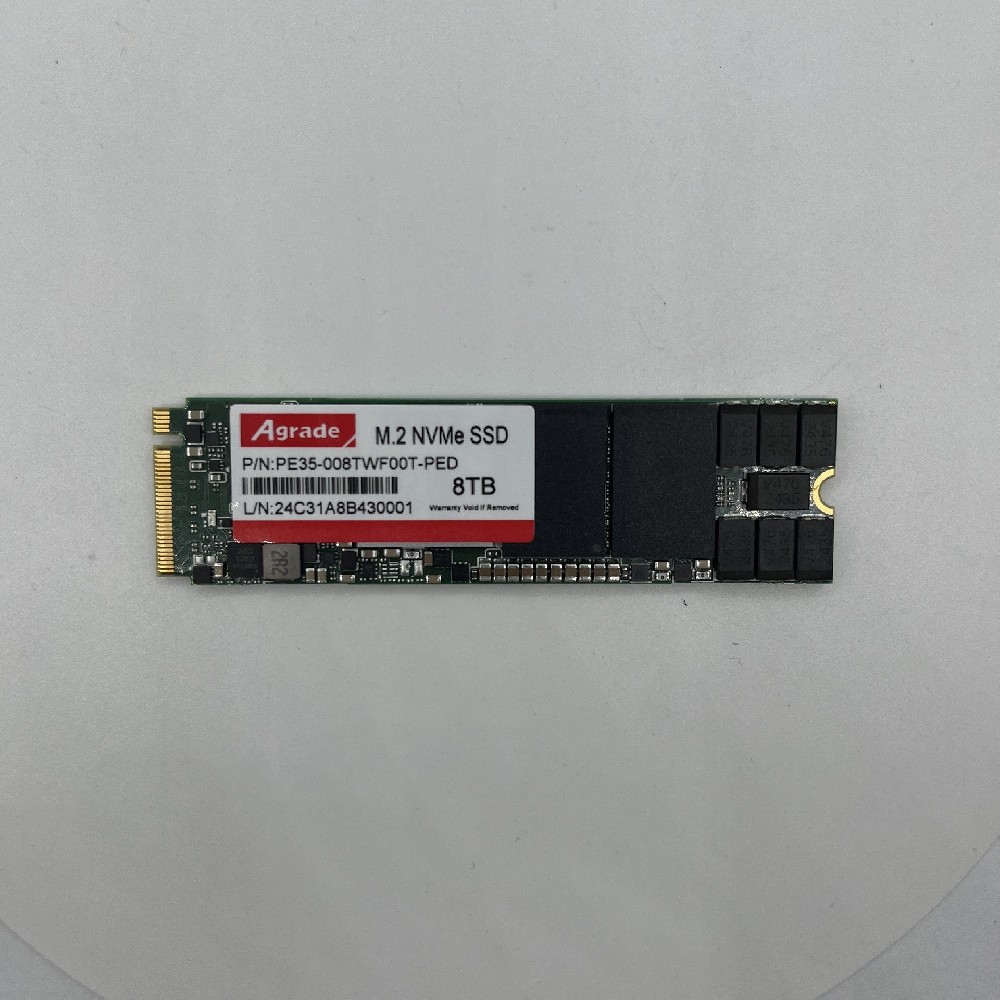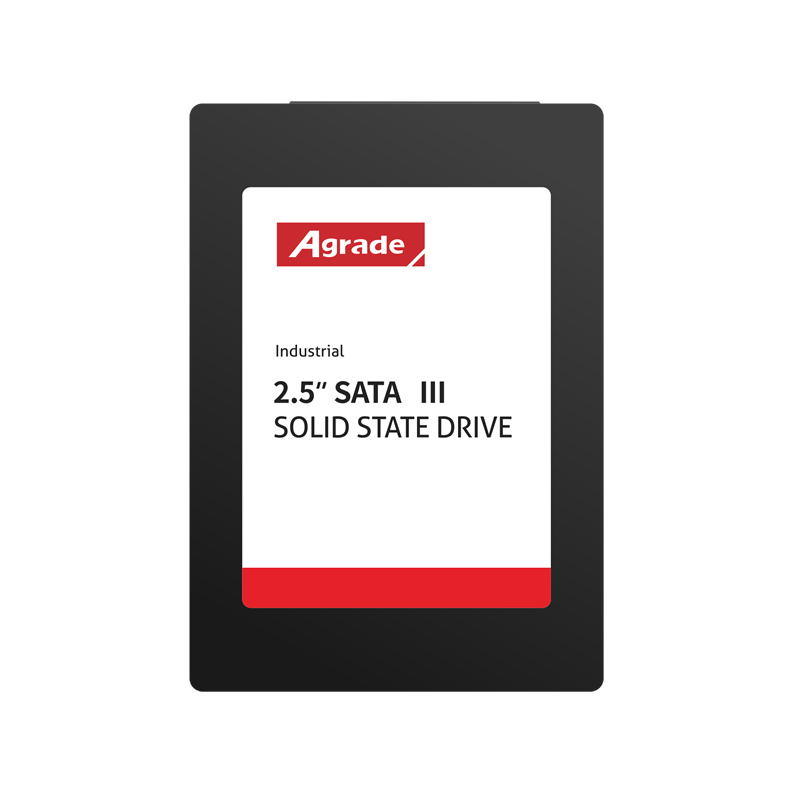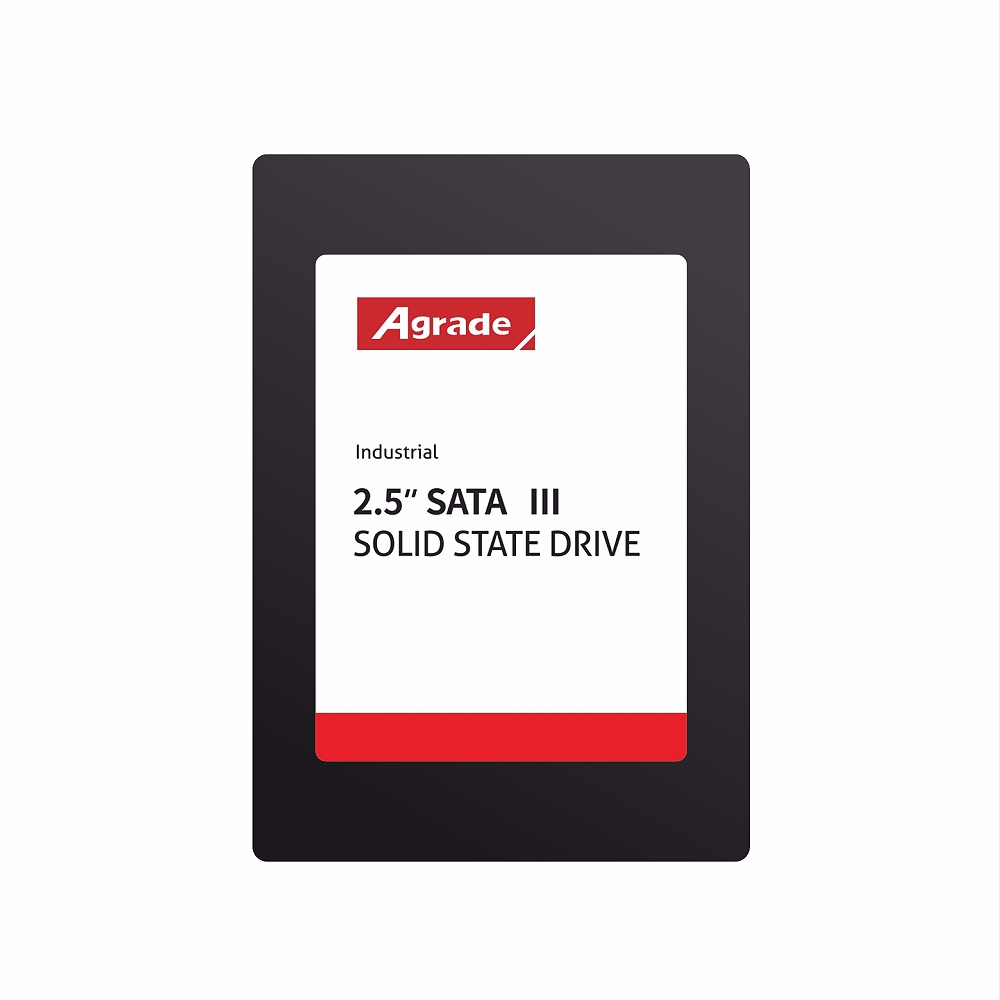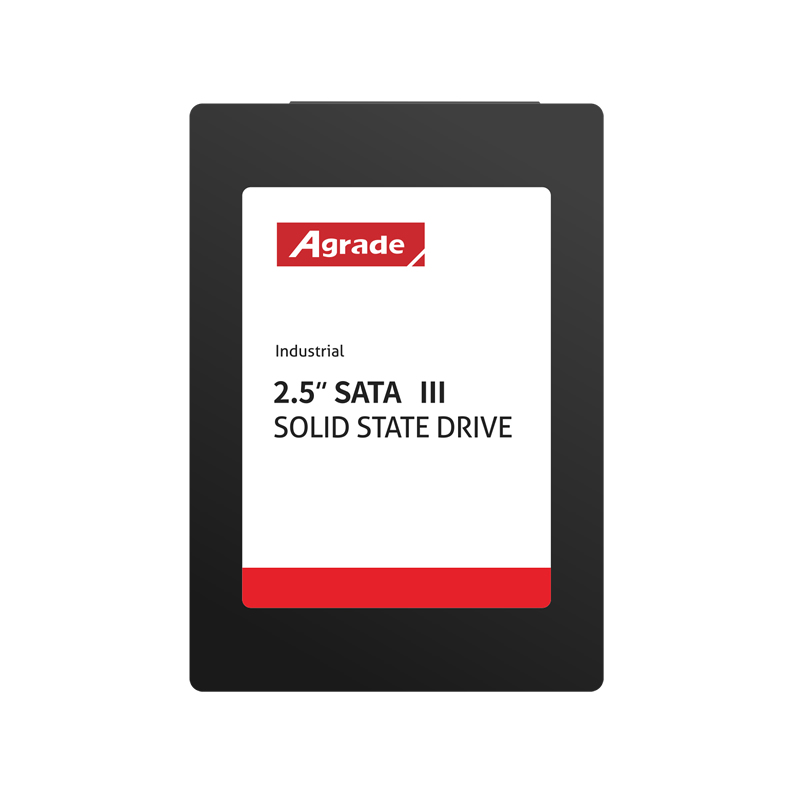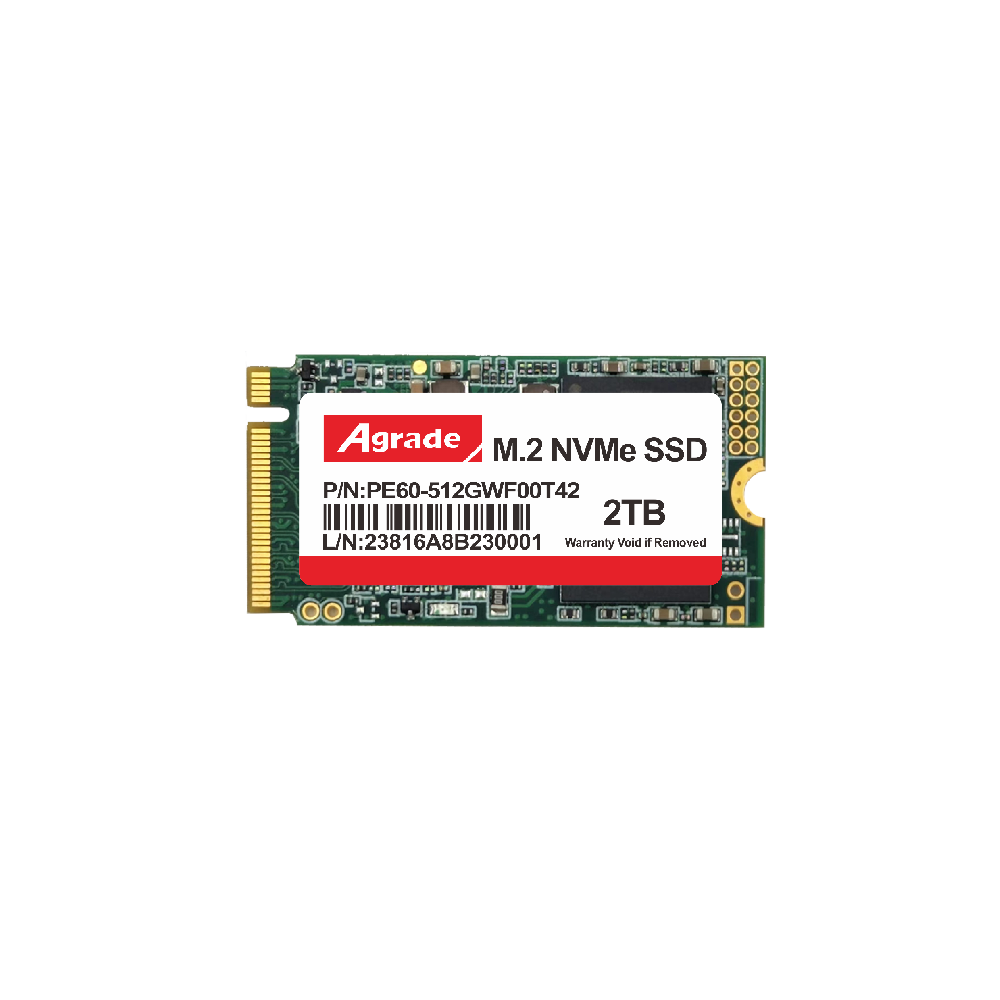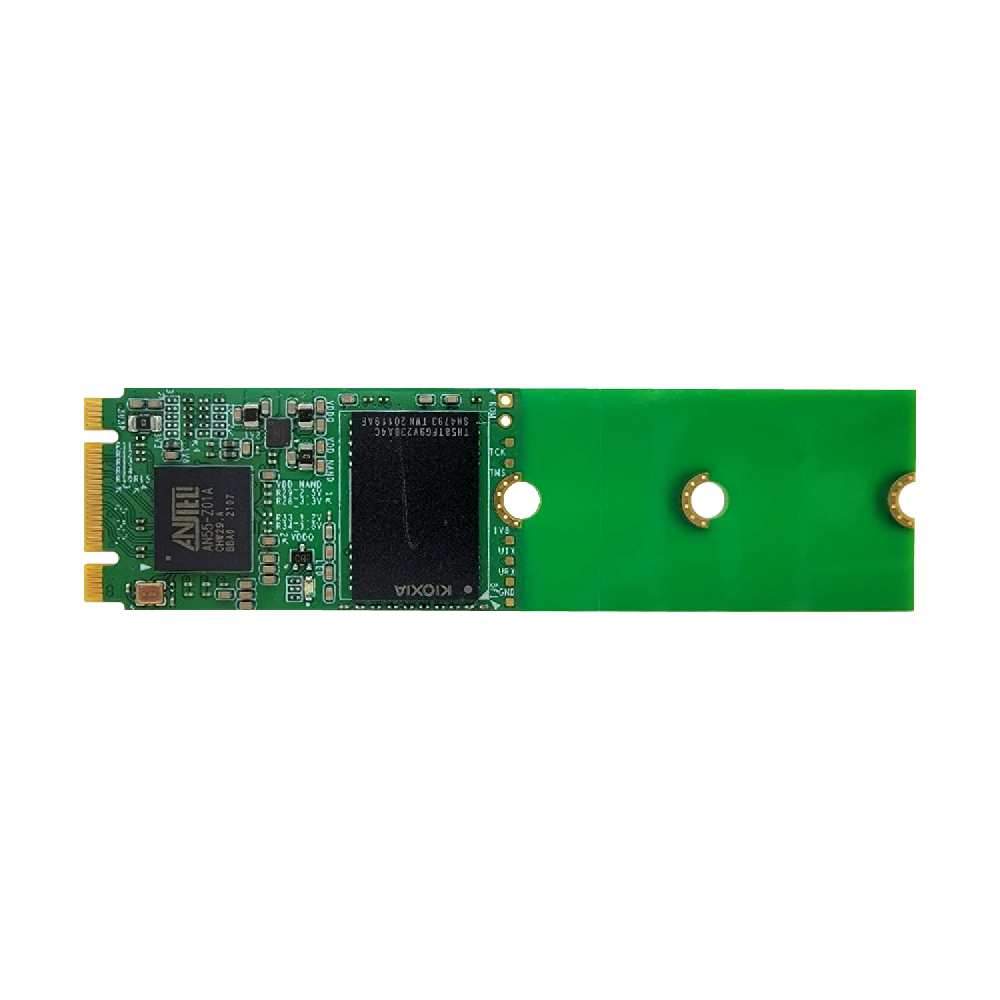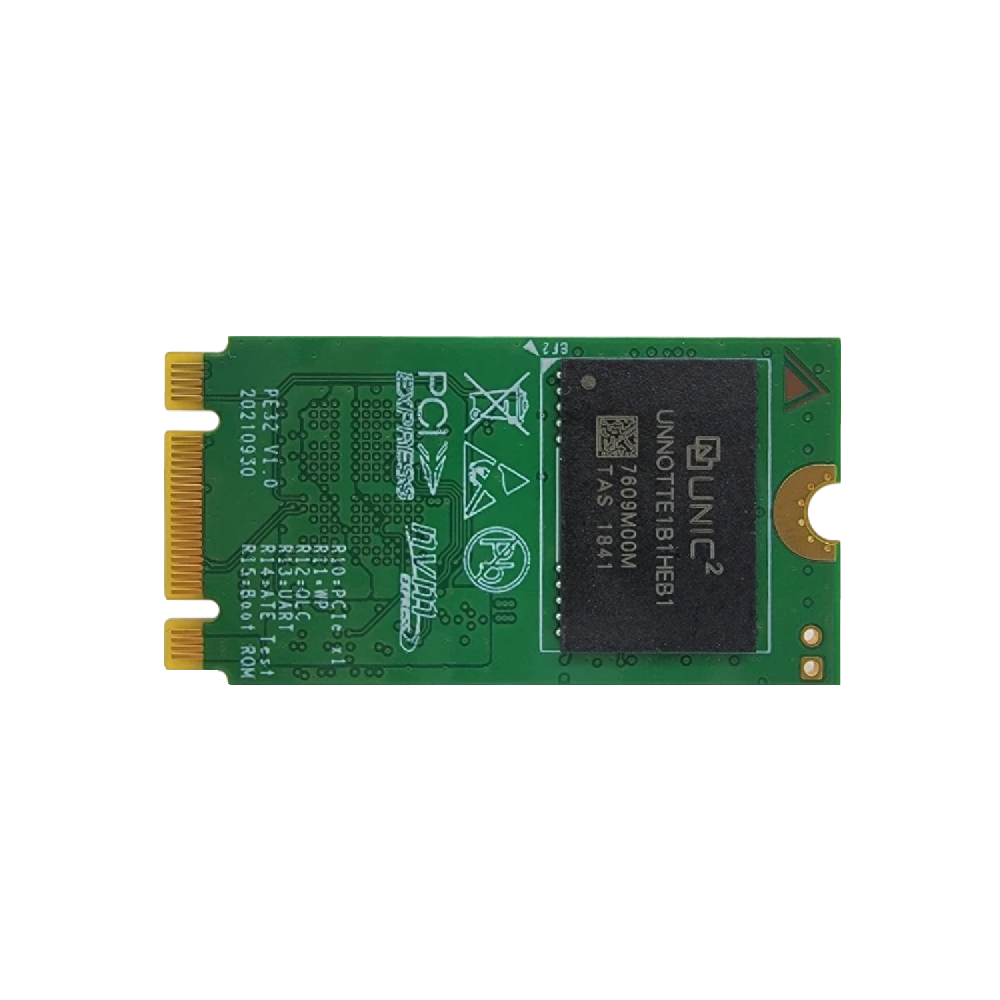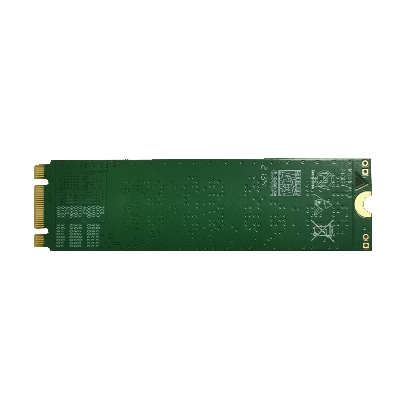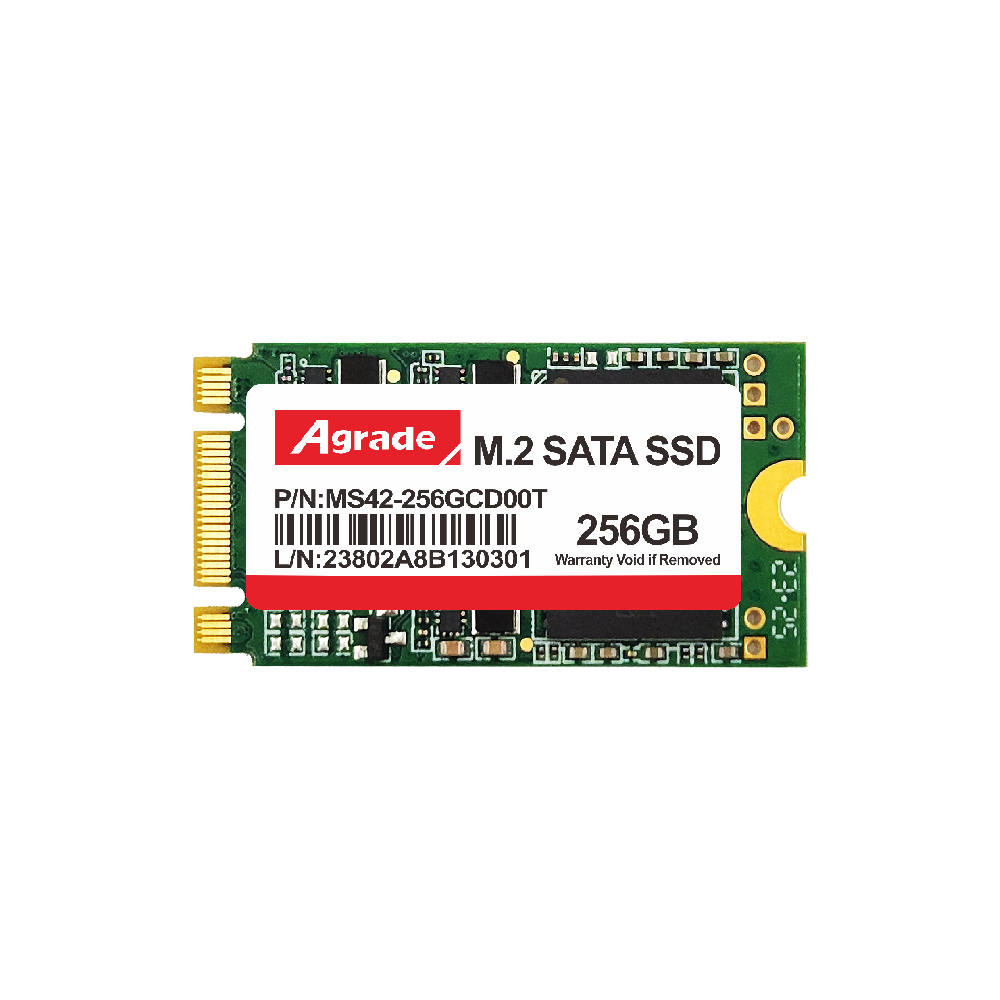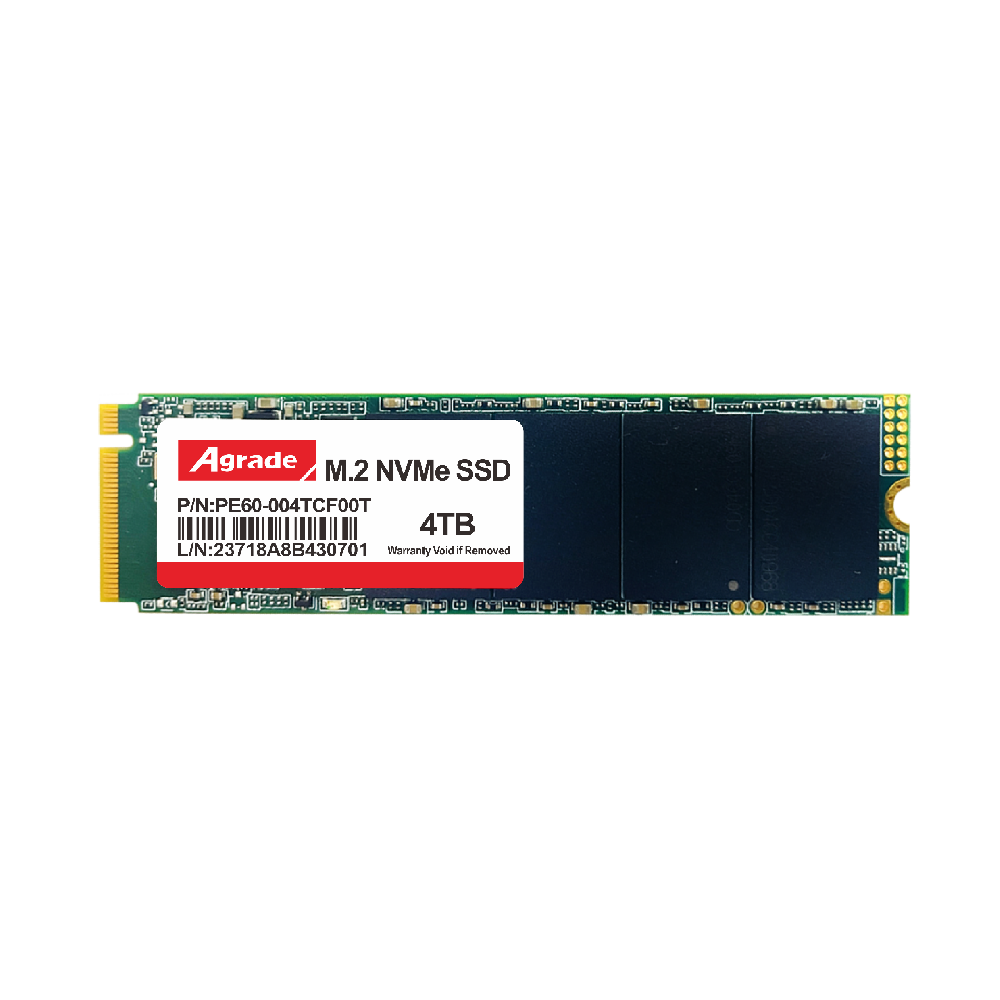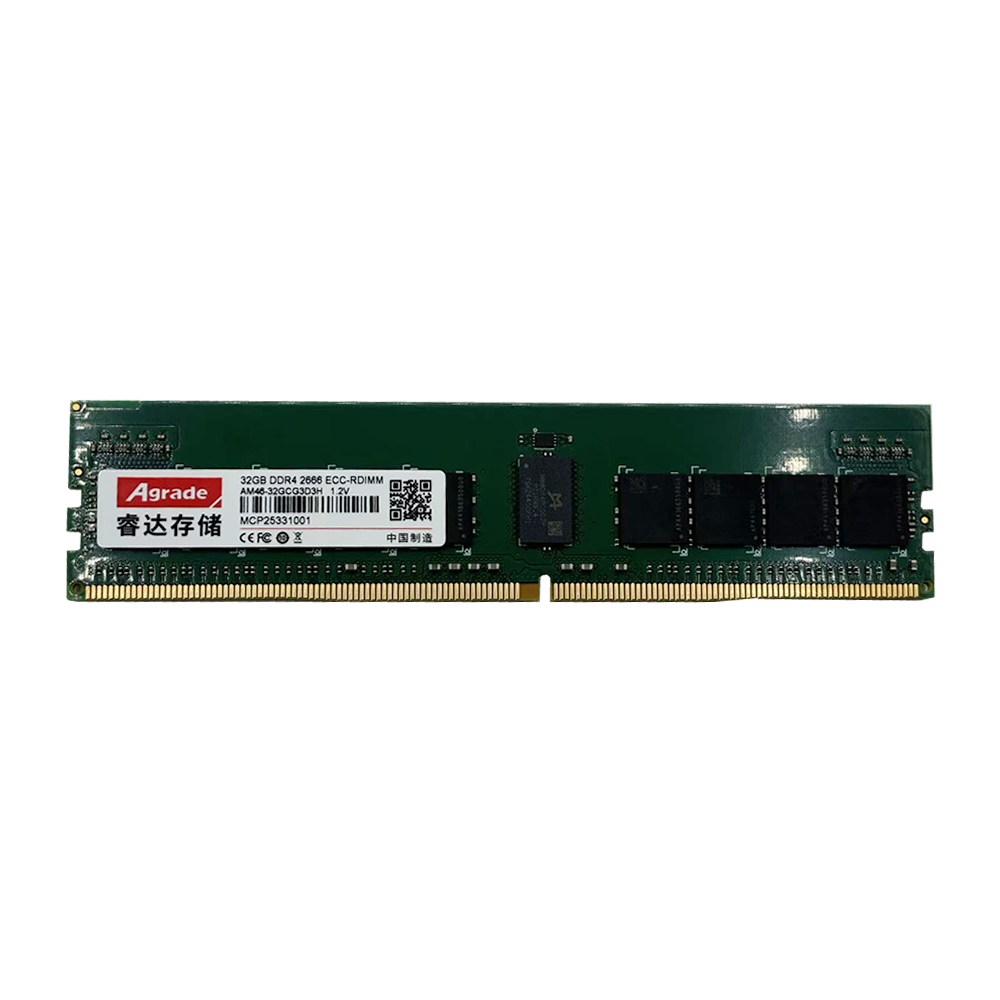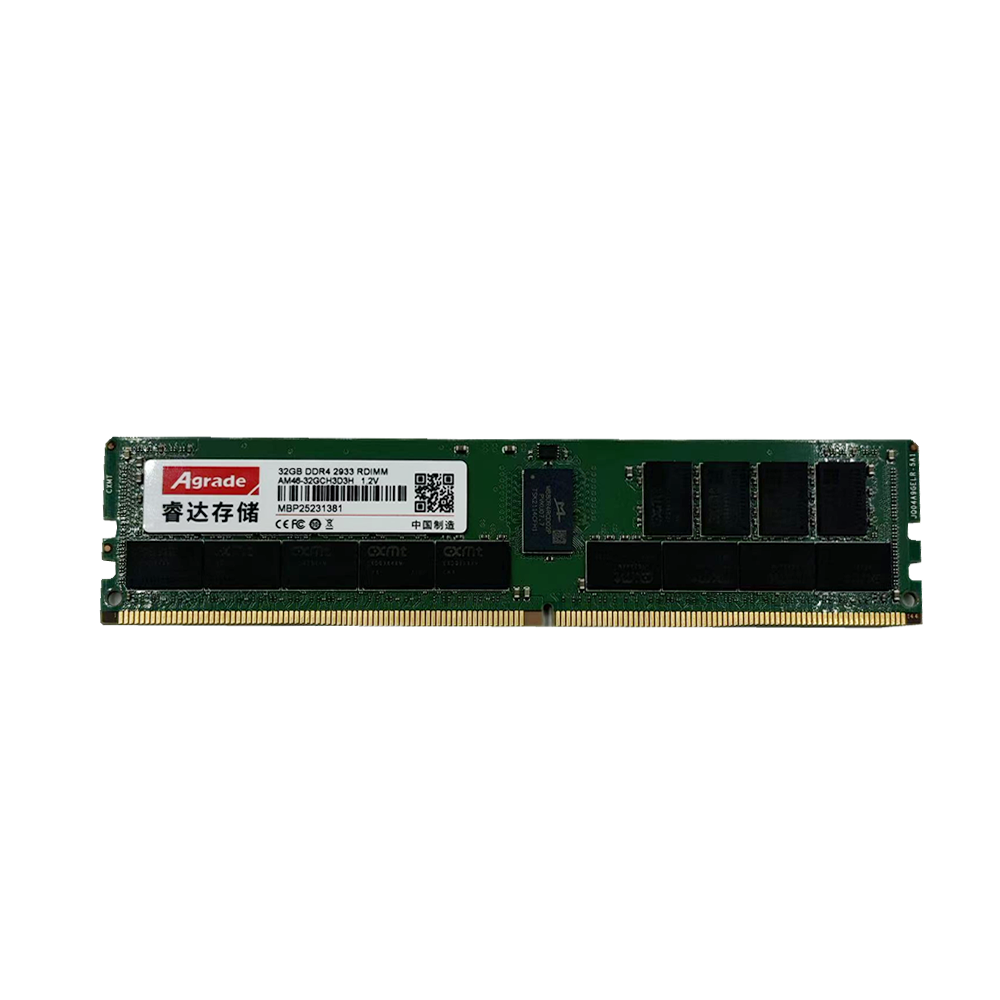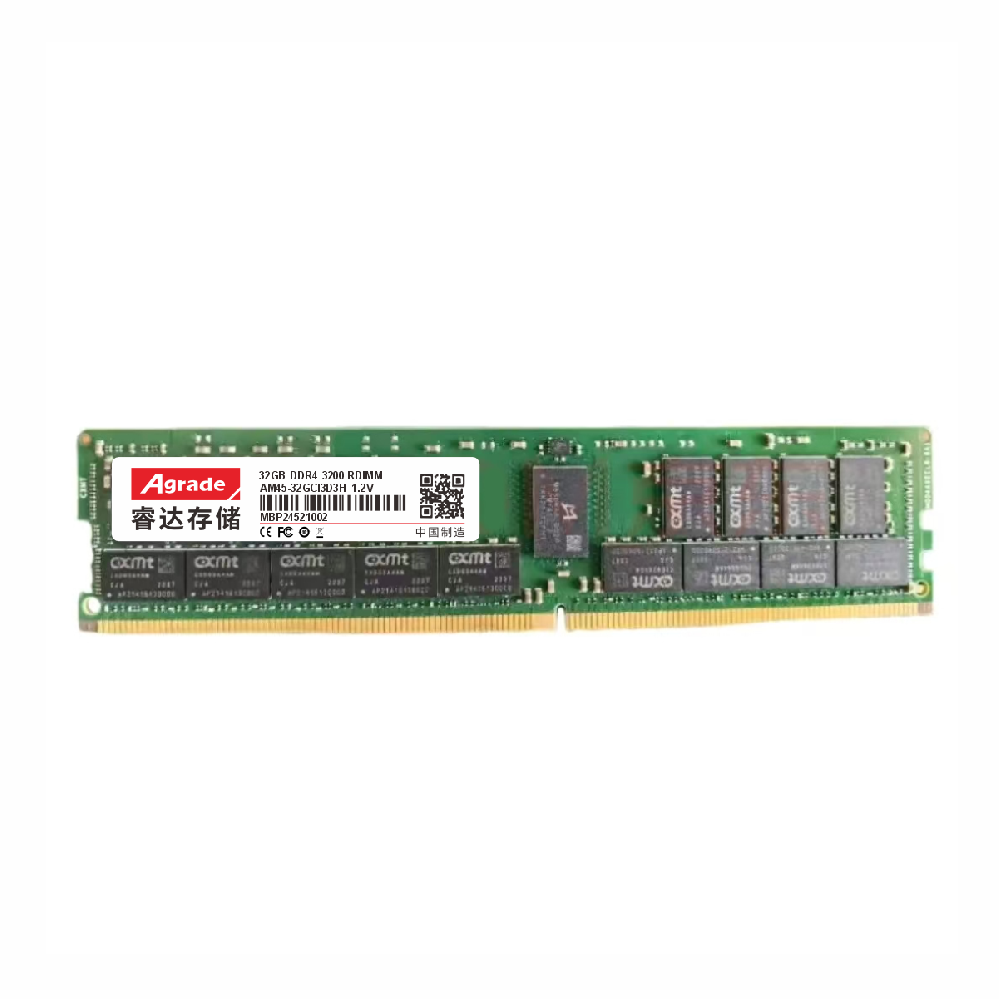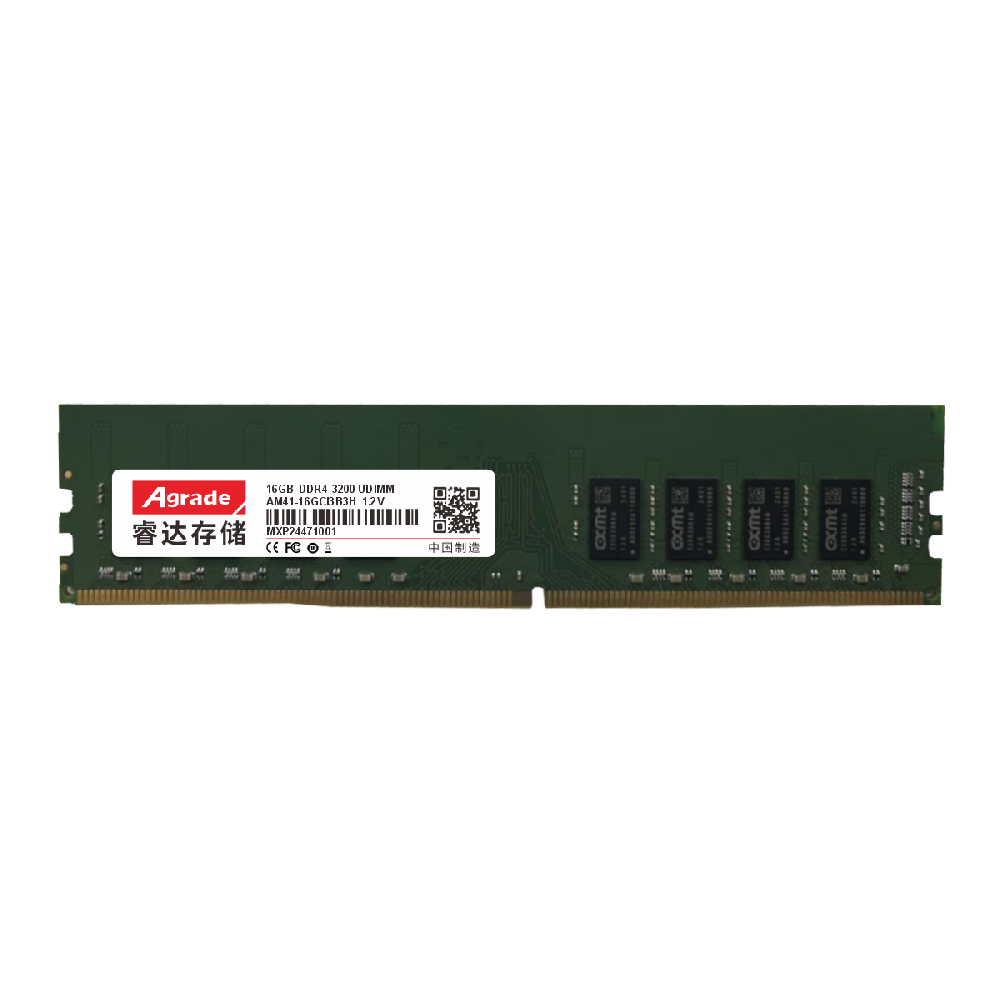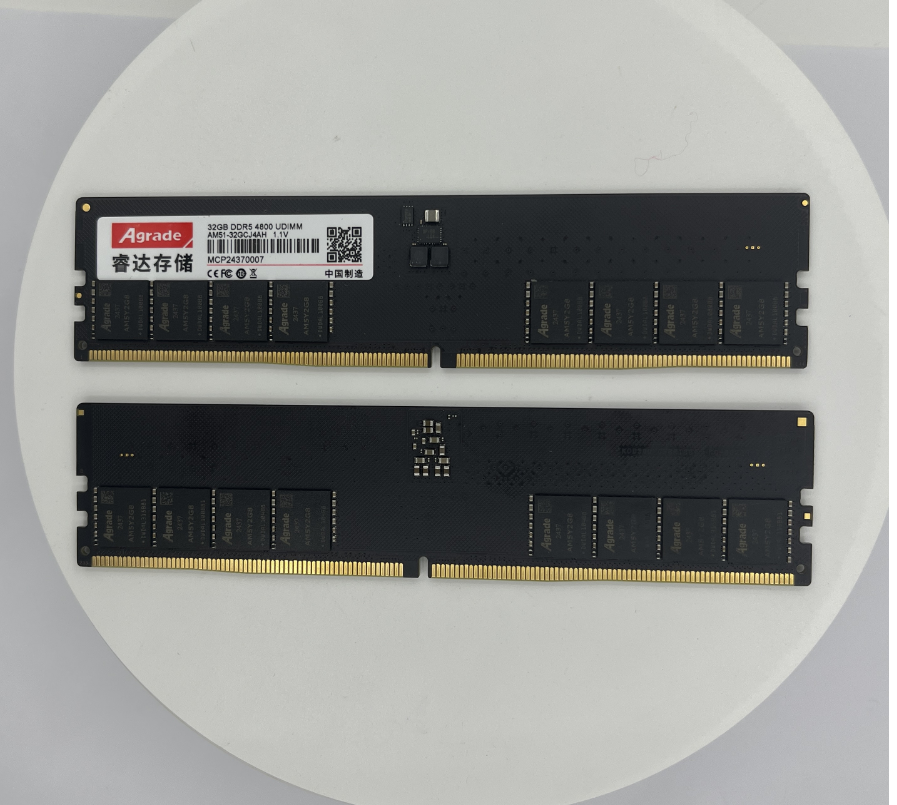

News
 电商部
电商部  2025-10-09 18:29:09
2025-10-09 18:29:09 How long can data be saved after a solid-state drive is powered off: A deeper understanding of SSD d
In the digital age, the security and persistence of data storage have become the focus of user attention. Solid state drives (SSDs) have gradually replaced traditional mechanical hard drives and become the mainstream choice for modern computers and storage devices due to their high-speed read and write performance, low noise, and strong shock resistance. However, the question of how long SSD data can be saved after a power outage often troubles users.
Firstly, we need to clarify that the data storage mechanism of solid-state drives is fundamentally different from that of mechanical hard drives. SSDs store data through internal flash memory chips (usually NAND flash), which can maintain data integrity for a long time after power failure. NAND flash memory is non-volatile, which means that even if the power is turned off, the stored data will not be lost. Therefore, theoretically speaking, as long as the flash memory chip of an SSD is not physically damaged, the data stored in it can be preserved for a long time.
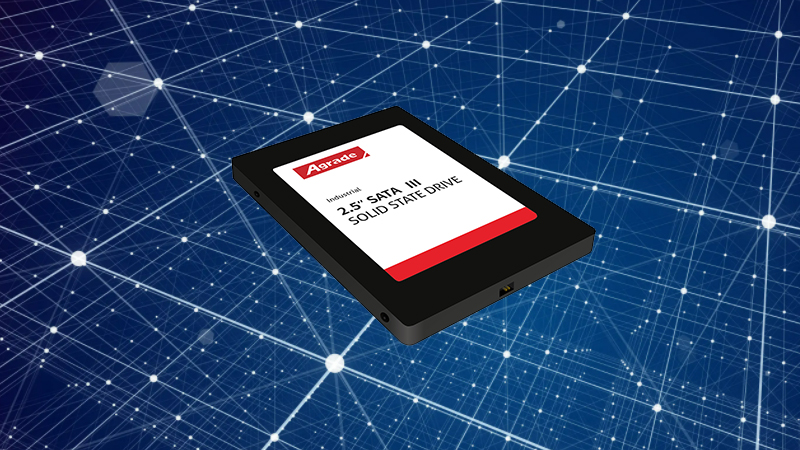
However, the actual situation may be more complex than we imagine. The data persistence of SSDs is influenced by various factors, including flash memory type, write method, data refresh mechanism, and SSD lifespan. For example, NAND flash memory is divided into various types such as SLC (single level cell), MLC (multi-level cell), TLC (three-layer cell), and QLC (four layer cell), among which SLC has the longest durability and data retention time, while QLC is relatively shorter. In addition, the write operation of SSD will have an impact on its lifespan, and frequent write and delete operations will accelerate the wear and tear of flash memory chips, thereby affecting the persistence of data.
In order to extend the data retention time of SSDs, manufacturers have taken a series of measures. For example, implementing a data refresh mechanism to periodically rewrite stored data to maintain its stability; Adopting advanced error correction coding technology to improve the accuracy of data reading; And provide firmware updates to fix possible data retention issues.
It is crucial for users to understand the data persistence of SSDs and take corresponding protection measures. For example, regularly backing up important data as a precautionary measure; Choose SSD products with reliable quality and long lifespan; And avoid frequent write and delete operations to extend the lifespan of SSDs.
In summary, the persistence of data in solid-state drives is affected by various factors after power failure. However, by selecting high-quality products, taking appropriate protective measures, and understanding the working principle of SSDs, we can maximize the storage time of data.




















